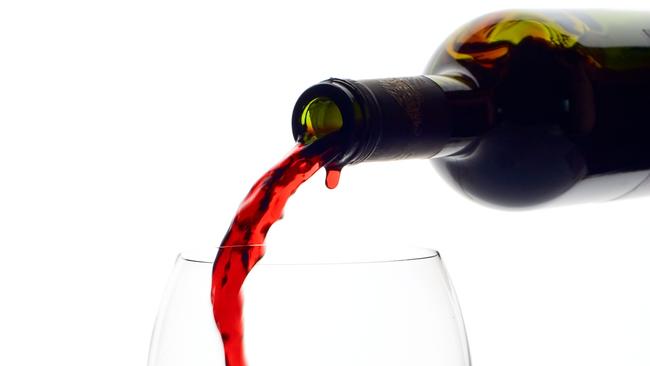Restaurant wine lists: the ideal drop need not be expensive
There are more important things to spend money on: just spend as much as or as little as you need to enjoy your drink.

I was 21. She was 20. It was summer. And like every burgeoning romance, it was only a matter of time before our first engagement with a wine list.
Wanting to impress, I’d reserved a table at the Taxi Dining Room in Melbourne, and had withdrawn a cool $150 for the occasion. We were seated, we were settled, we ordered our food — and then we asked for something to drink.
“I’ll just send the sommelier over!” chirped our waitress. We looked at each other. “That’s someone who talks about wine,” I whispered sagely, praying to the gods of fine dining that I was right. The sommelier greeted us, took all of five seconds to realise that we didn’t know what we were doing, and proceeded to take us through our options with a level of enthusiasm and compassion that I have tried to replicate throughout my own career as a sommelier.
We left having spent $35 on juice, and it was excellent. It was also the most I had spent on wine, and I remember wondering at the time about those unapproachable bottles on the list that cost hundreds of dollars. What did they taste like? What kind of person could afford them?
Wine in this country is expensive. No one is genuinely surprised any more when a mate comes back from Europe and says: “You would not believe how much a bottle of pinot grigio costs over there!” The culprit is the wine equalisation tax, or WET (someone had a sense of humour), a 29 per cent impost on wine sales. It’s designed to make up for losses associated with the demise of the wholesale sales tax when we popped the cork on the GST. That same GST is then poured over the top of the adjusted price of the wine. I’ll spare you the math, but it works out that a $100 case of wine ends up costing a restaurant $141 or so.
It’s a costly system, and one that many other countries have escaped due to lobbying. I’m not necessarily suggesting we do the same. The high price of wine, along with blistering hot summers and venomous snakes, is just another part of Australian life.
“We’re not really wine drinkers,” someone will say, sound apologetic. “We’ll just have a bottle of the such-and-such.” This is disheartening. It suggests that diners aren’t comfortable, or maybe embarrassed, about choosing a cheap bottle of wine. And I know many of us have had that awful feeling (especially when taking our first tentative steps into a larger culinary world) that you need to justify your presence in a restaurant by spending more than you can afford.
Listen. There are more important things to spend money on than wine (I can’t think of what those things are at the moment, but I’m sure they exist). My point is that you should spend as much as or as little as you need to enjoy your drink. The pleasure of wine is that whatever your knowledge, however much you want to spend, you should be able to enjoy a great bottle of wine.
Let’s bring this to the floor. Any sommelier worth their grapes should give as much thought to the cheapest bottles on their list as they do to their most expensive. It is infinitely more challenging to write the lower end of the list than the upper. Anyone can throw together a motley cru of top burgundies, bordeaux and super Tuscans. But finding something for their clientele that is approachable, affordable and above all, fun to drink? That’s a task. And to their credit, most sommeliers will do just that.
In a recent blind tasting a sommelier that I respect slipped in a curious little number that no one could identify. Round the table we went, every person present estimating it to be of exceptional quality with a value close to $90. The punchline? Turns out the wine was the cheapest bottle on his list. “Doesn’t matter that it’s cheap”, he explained. “It’s damn good booze.”
So spend whatever you wish, whatever you can afford. There’s so much diversity in wine these days that the stigma associated with cost is simply misguided. The Australian wine industry grows vaster and more lucrative every year, and it’s possible the hefty taxes on our wine will be reduced. Or one day I might be sitting with my grandchildren, scolding them for drinking chardonnay out of cabernet glasses, and telling them how back in my day we paid only $25 for a glass of pinot noir (“And we had to stomp the grapes ourselves”). Either way, I’m comfortable in the knowledge that I can (almost) always find something delicious and affordable to drink.
